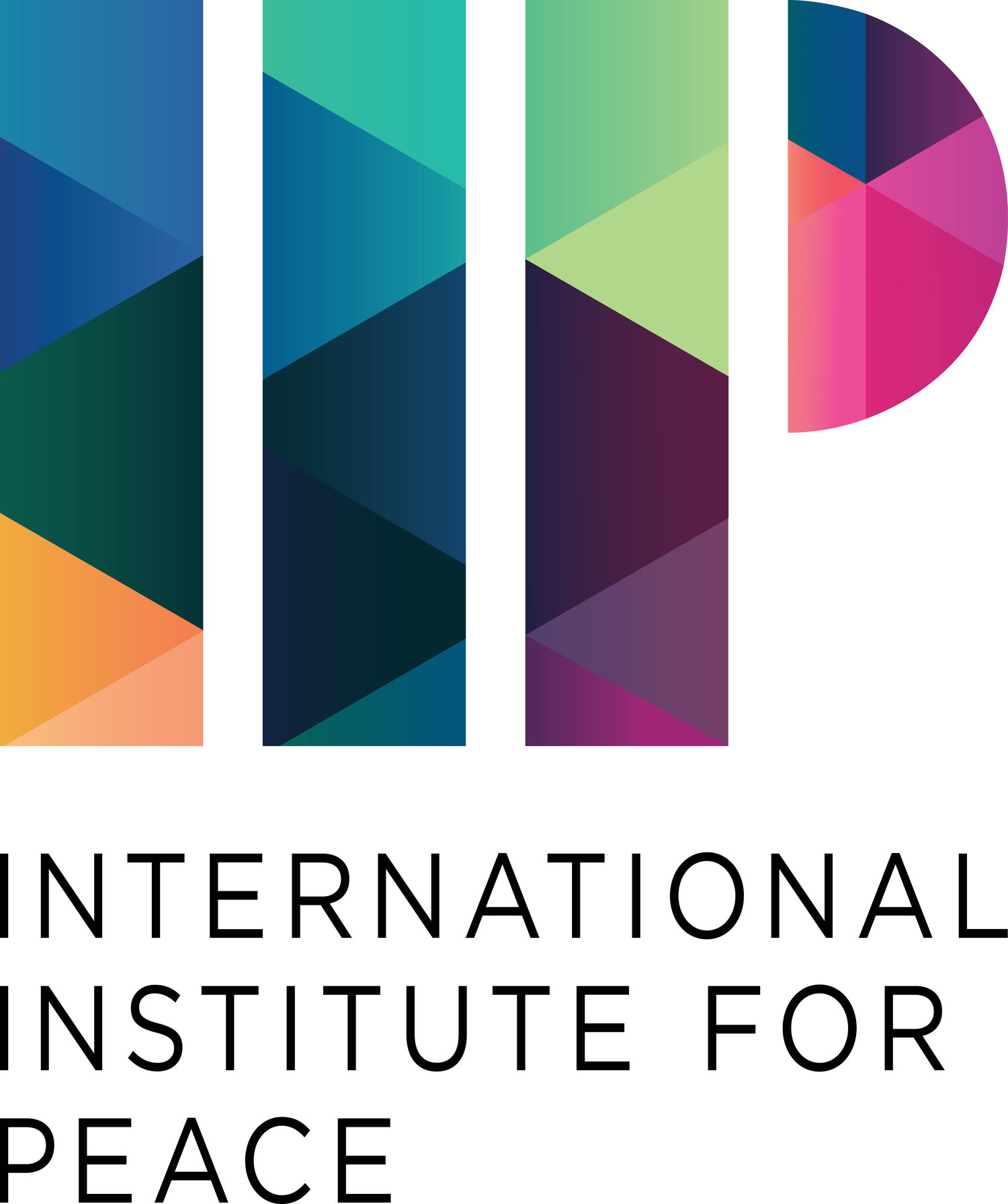At the "Friends with Enemies: Neutrality and Nonalignment Then and Now" conference on March 2-3, 2020, the IIP spoke with a number of experts about the concepts of neutrality, both as a theoretical framework as well as in practice. See the complete interviews below. To read the full event report, see here.
Pascal Lottaz (Waseda University, Japan)
What are historical uses of neutrality that have been lost today? What is the potential for neutrality and nonalignment in an increasingly globalized world?
Andrew Cottey (University College Cork, Ireland)
How has the meaning of neutrality changed over time? What does it mean today? Can neutrality be leveraged in the future to promote peace?
Johanna Rainio-Niemi (U Helsinki, Finland)
How did the Cold War change the meaning of neutrality? Could Finland's neutrality serve as a model for other states?
Peter Ruggenthaler (LBIKF, Austria)
How has the concept of neutrality and nonalignment changed since the Cold War to today? What are the most likely prospects for neutrality and nonalignment going ahead? And can Austrian neutrality serve as a model for other states?
Keiichi Kubo (Waseda University, Japan)
What is the potential for neutrality in Serbia? Could neutrality be an option in Bosnia and Herzegovina or Kosovo?
Yauheni Preiherman (Minsk Dialogue, Belarus)
What is "post-neutralism"? What are the advantages and disadvantages of the concept?

